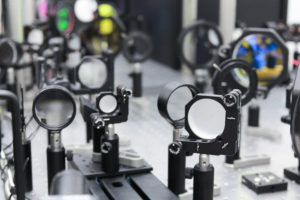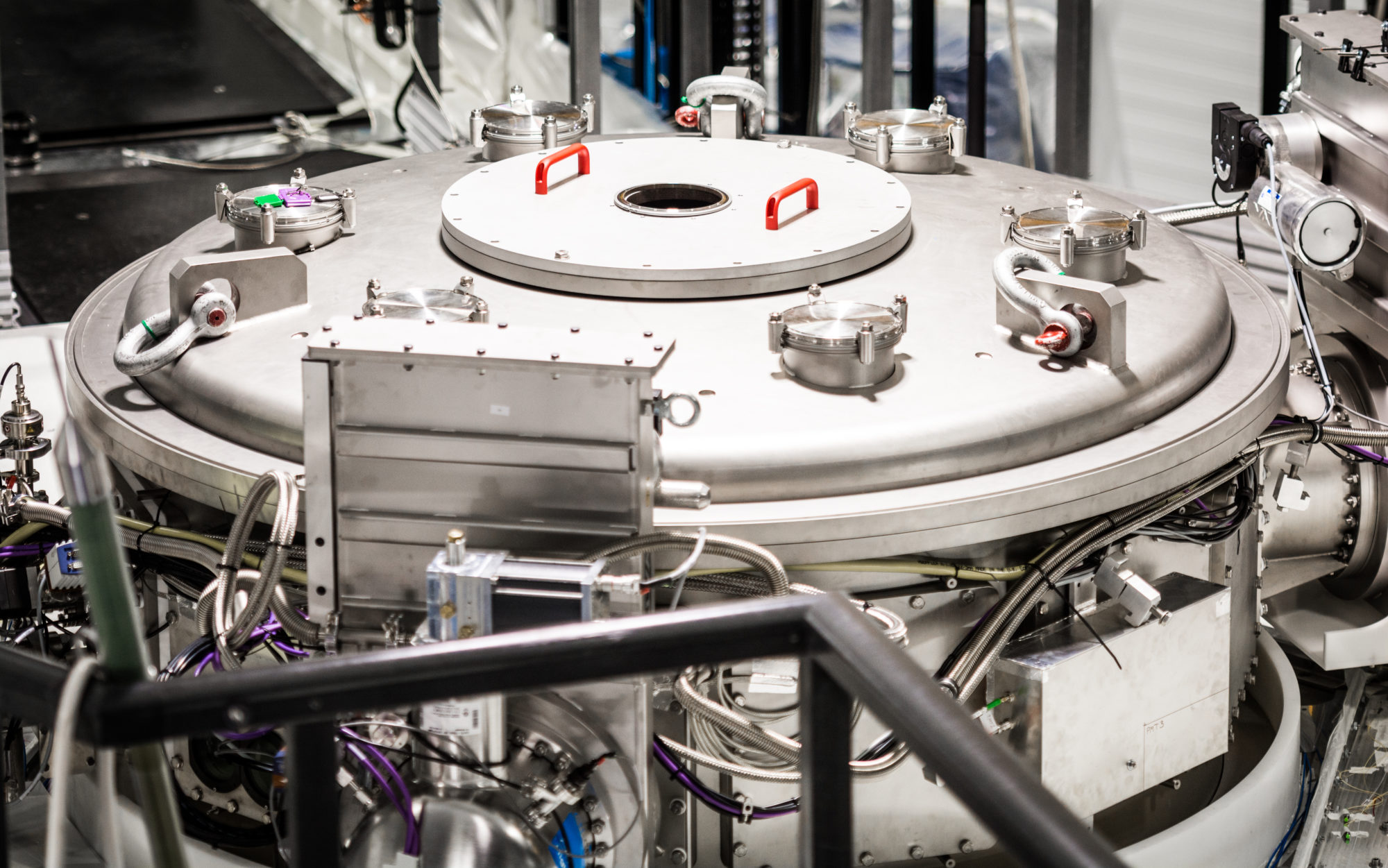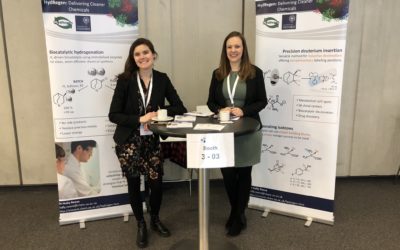The pistol shrimp has fascinated biologists for many years for the way a click of its larger claw sends an air “bullet” through the sea to stun prey.
The CEO and co-founder of First Light Fusion, Nicholas Hawker, was also impressed, but for a different reason. The company is based on research he carried out at Oxford University to better understand and unlock the power of the bubble stun gun which is often described as nature’s most powerful weapon. Crucially, he modelled how, with a click of its claw, the shrimp sends a bubble containing air that is heated to more than 5,000 degrees Centigrade.
First Light Fusion is founded on the belief the shrimp’s approach could unveil the secret of supplying the world with green energy by providing the answer to one of fusion’s greatest challenges.
Targets or plasma?
A process that requires atoms to be heated to the temperature of the sun is difficult to perfect, particularly if the atoms have to be at that temperature for a long period of time.
So, First Light reduces the time the temperature needs to be maintained to a fraction of a second. It does this by placing the fuel in the path of a fast projectile. This causes the fusion process to take place in a fraction of a second. Like the pistol shrimp, the ‘bullet’ hits the target, which resembles a bubble inside a small cube of plastic, and releases its energy in a tiny fraction of a second.


In a future power plant, the ‘target’ capsule will be replaced every few tens of seconds as the process continues. It is effectively a sequence of small amounts of fuel being used rather than a long process where the fuel of a plasma ‘soup’ is held in suspension by super conductive electromagnets for a protracted period of time. First Light believes their approach can sidestep some of the main challenges in a fusion reactor design.
Support for next steps
The company’s Chief Operating Officer, Gianluca Pisanello, explains the technology will not be revenue generating for a few more years. It first has to be shown to be able to both work and produce more electricity than it takes to fire up the process – a challenge common to all fusion companies.
“We’re very fortunate to be in Oxfordshire not just for the access to the bright people it attracts but also because a ‘fusion cluster’ is developing here, thanks to the presence of UKAEA.” he says.
“UKAEA, and the other big international efforts, have developed a lot of the fusion science and engineering in the past decades and paved the way for private companies to participate in the global fusion effort.
“We always believed in the value of cooperation, both with public and private entities. Being a small start-up, we would certainly benefit from infrastructure support in the area we operate in, such as land and premises.”
Moving to the next demonstration phase is going to be expensive and it is here that First Light is hoping national and local government support will help to keep the company in Oxfordshire, which is establishing itself as the UK’s fusion hub.
About this case study - Powering up for the Green Recovery: Oxfordshire's role in building a cleaner future
Advanced Oxford would like to thank all of the companies that participated in this project for their time and for providing us with images which illustrate their technology and work. This case study was written by Sean Hargrave, working with Advanced Oxford.



